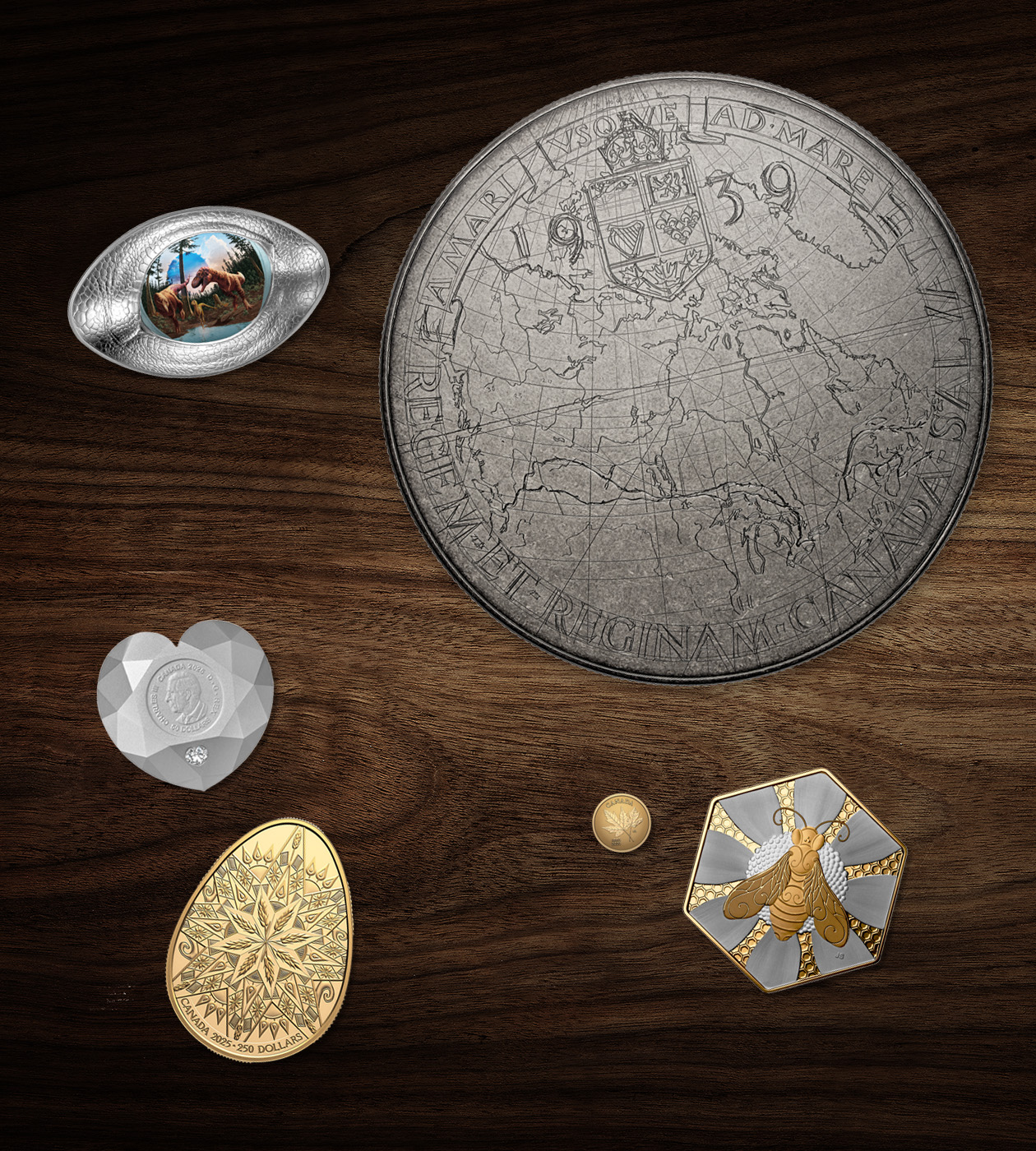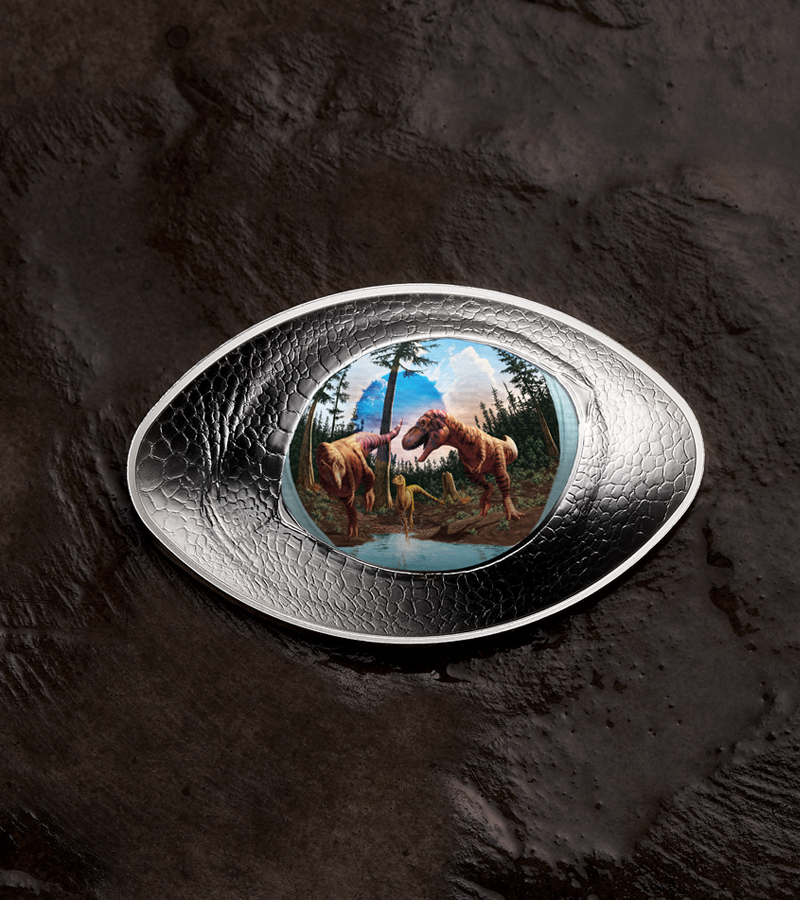Shaping the Story: How Shape and Size Enrich a Coin’s Narrative
- Aug 27, 2025
- Learn
- 4 minutes read
For as long as coins have existed, they’ve come in many different shapes and sizes. In fact, coins have a history of being anything but traditional. History has seen square coins, scalloped (wavy) edges, 7-sided heptagons and even coins with holes in the middle. These unique forms aren’t just aesthetically pleasing, they’re part of each coin’s story.
While most of today’s circulation coins are round, numismatic and collectibles coins continue to push the boundaries of design. At the Mint, we’ve embraced this creativity year after year, using shape and size –the “S” factors– to enrich the narrative behind a coin.
Here’s how these design elements transform a coin into a captivating collectible.


Innovative coin shapes and sizes by the Royal Canadian Mint.
For as long as coins have existed, they’ve come in many different shapes and sizes. In fact, coins have a history of being anything but traditional. History has seen square coins, scalloped (wavy) edges, 7-sided heptagons and even coins with holes in the middle. These unique forms aren’t just aesthetically pleasing, they’re part of each coin’s story.
While most of today’s circulation coins are round, numismatic and collectibles coins continue to push the boundaries of design. At the Mint, we’ve embraced this creativity year after year, using shape and size –the “S” factors– to enrich the narrative behind a coin.
Here’s how these design elements transform a coin into a captivating collectible.
When it comes to shape, change is good
There are a lot of reasons why a round shape became the norm in numismatics – for starters, round coins are easier to mint in large quantities and are less prone to uneven wear. But just because something has been done a certain way, it doesn’t mean you shouldn’t try something different.

Canada’s coins can come in unconventional shapes: we’ve issued a combat helmet, the Stanley Cup, an RCMP statuette, a 3D diamond, a poppy and even a Canada-shaped coin.
Some shapes, like our new 1oz. silver oval-shaped dinosaur eye, may have a limited run, but there are a few recurring favourites, like our rectangular coins that allow the art to be placed vertically or horizontally; and our fine silver and gold pysanka coins, which are perennial favourites.
The question is, what comes first: the coin’s shape or its theme?

Sizing up the art
Another “S” factor that shapes your viewing experience is the coin’s size or diameter, which is commonly measured in millimetres (mm).
We’re big on variety, so our coins come in a range of sizes that best serve the art. Currently, our tiniest collector piece is a 11 mm gold coin that’s smaller than a dime, while our largest pieces include a 10 kg fine silver coin (the Big Silver Maple) that’s about the size of a salad plate. The biggest coin we ever minted is the record-setting Million Dollar coin issued in 2007 – that one has a diameter of 530 mm, which is larger than an XXL pizza.




Size is not only measured in diameter, but also in thickness. When recreating Emanuel Hahn’s original 1939 drawing for the Royal Visit medallion, we used our thinnest 5 oz. coin blank to bring each pencil line, paper fold and eraser mark to life. Holding it in your hand is like going back in time – it’s roughly the same size as a compact disc (CD).
Larger coins provide a nice, big canvas for more complex art and special finishes that enhance the engraving, and that’s a big draw (pardon the pun) for many collectors. On the other hand, some technologies, like gold plating, enamelling or holograms, are better suited to certain sizes and that’s why you don’t often see them on our largest pieces.
The final word
When it comes to coins, their shape and size go a long way in deepening the story told through the engraving. And when any of these characteristics differ from the rest, the result is a one-of-a-kind collectible that adds excitement to your hobby and brings diversity to your collection. Delving into these fascinating features may even change the way you define coins.



